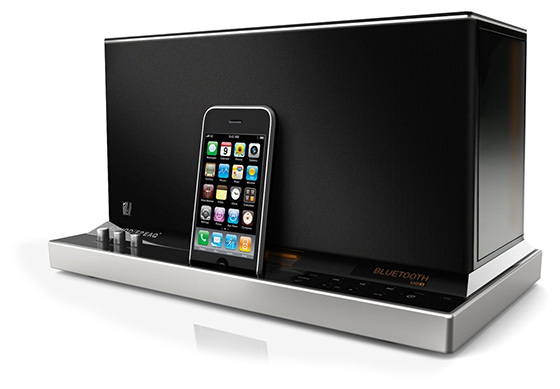
- STUDIOSYNC BLUETOOTH MUSIC SHELF SOFTWARE
- STUDIOSYNC BLUETOOTH MUSIC SHELF PC
- STUDIOSYNC BLUETOOTH MUSIC SHELF BLUETOOTH
Host stack Logical link control and adaptation protocol (L2CAP)
STUDIOSYNC BLUETOOTH MUSIC SHELF BLUETOOTH
It is implemented on the controller and manages advertisement, scanning, connection and security from a low-level, close to the hardware point of view from Bluetooth perspective. This is the LMP equivalent for Bluetooth Low Energy (LE), but is simpler.
STUDIOSYNC BLUETOOTH MUSIC SHELF SOFTWARE
In this case the HCI is optional, although often implemented as an internal software interface. In Bluetooth devices with simple functionality (e.g., headsets), the host stack and controller can be implemented on the same microprocessor. The most commonly used are USB (in PCs) and UART (in mobile phones and PDAs). There are several HCI transport layer standards, each using a different hardware interface to transfer the same command, event and data packets. This standard allows the host stack or controller IC to be swapped with minimal adaptation.
STUDIOSYNC BLUETOOTH MUSIC SHELF PC
Standardized communication between the host stack (e.g., a PC or mobile phone OS) and the controller (the Bluetooth integrated circuit (IC)). Used for control of the radio link between two devices, highe, dmv, querying device abilities and power control. SCO packets may be sent every 1, 2, or 3 time slots.Įnhanced SCO (eSCO) links allow greater flexibility in setting up links: they may use retransmissions to achieve reliability, allow for a wider variety of packet types and for greater intervals between packets than SCO, thus increasing radio availability for other links(.) There are no retransmissions, but forward error correction can be optionally applied. Each device transmits encoded voice data in the reserved timeslot. A SCO link is a set of reserved time slots on an existing ACL link.

The type of radio link used for voice data. Synchronous Connection-Oriented (SCO) link For isochronous data, the number of retransmissions can be limited by a flush timeout but without using L2PLAY retransmission and flow control mode or EL2CAP, a higher layer must handle the packet loss.ĪCL links are disconnected if there is nothing received for the supervision timeout period the default timeout is 20 seconds, but this may be modified by the master.

Forward error correction (optionally reducing the data rate in favour of reliability).length (1, 3, or 5 time slots depending on required payload size).It can carry packets of several types, which are distinguished by: The normal type of radio link used for general data packets using a polling TDMA scheme to arbitrate access. 2.10 Low Energy Security Manager Protocol (SMP)Ĭontroller stack Asynchronous Connection-Less (ACL).2.9 Low Energy Attribute Protocol (ATT).2.7 Audio/video data transport protocol (AVDTP).2.6 Audio/video control transport protocol (AVCTP).2.3 Radio frequency communication (RFCOMM).



 0 kommentar(er)
0 kommentar(er)
